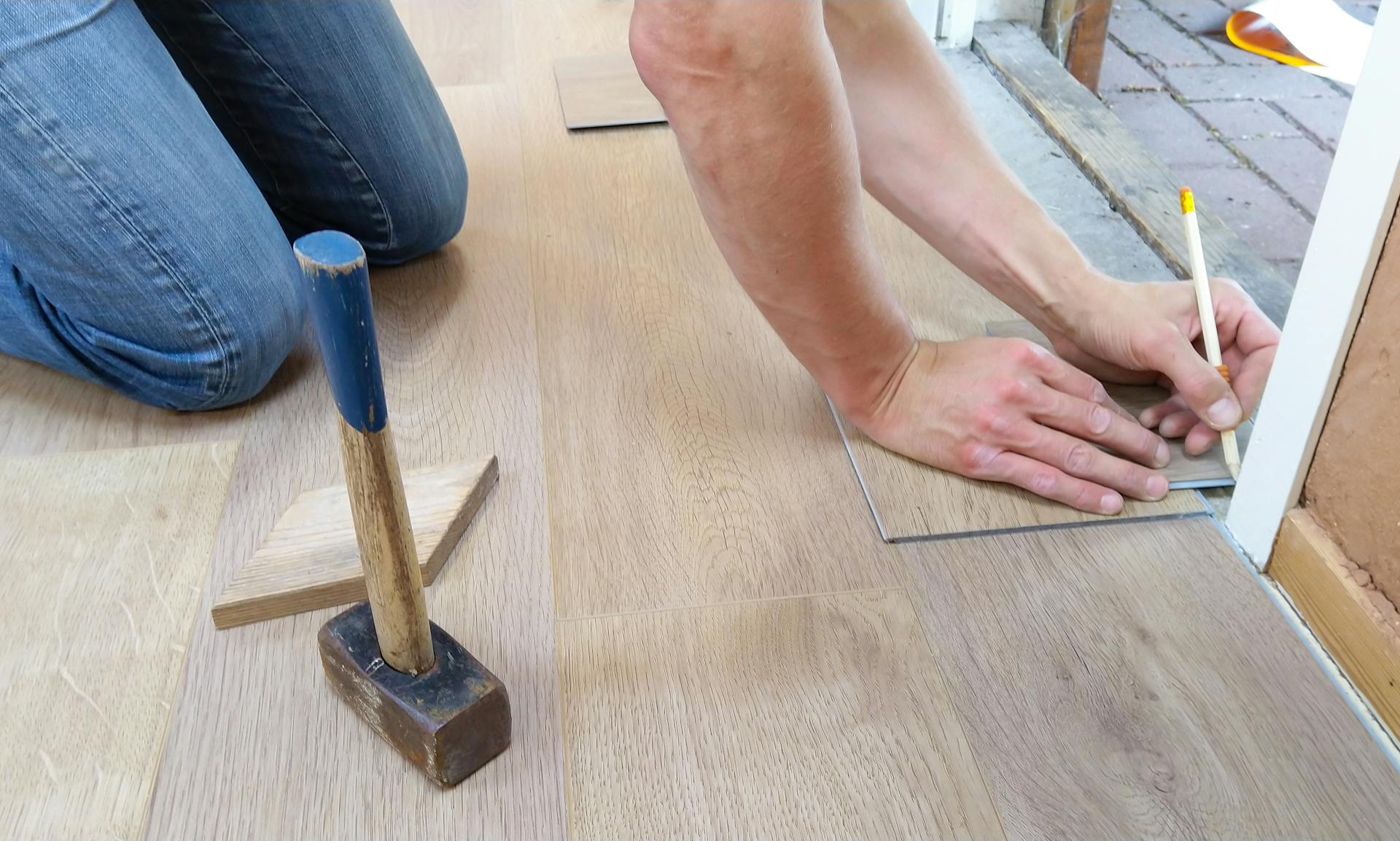Removing moss from your roof is an essential maintenance task to prevent damage and preserve its longevity. The timing of moss removal can significantly impact its effectiveness and the overall health of your roof. Here’s a detailed guide on the best times of year to remove moss from your roof and how to approach it effectively.
1. Understanding Moss Growth Cycles
Moss tends to thrive in damp, shaded environments and typically grows more vigorously during cooler and wetter seasons. Understanding its growth cycles can help you plan the optimal time for removal:
- Spring: As temperatures rise and moisture levels increase, moss growth accelerates. Spring is an ideal time to inspect and address any moss growth that may have occurred over the winter.
- Early Summer: Moss continues to thrive in cooler and shaded areas during early summer. Addressing moss growth during this time can prevent it from spreading further.
- Fall: In regions with mild winters, moss growth may persist into the fall. Removing moss before winter ensures your roof enters the colder months in optimal condition.
2. Consider Your Climate
The best time for moss removal can vary depending on your climate:
- Moderate Climates: Spring and early summer are typically the best times, as they offer moderate temperatures and increased moisture, promoting effective moss removal.
- Warmer Climates: In warmer regions, moss growth may occur year-round, but focusing on cooler months or periods with increased moisture can still be beneficial.
- Colder Climates: Late spring and early summer are optimal, as these times provide a balance of moderate temperatures and adequate moisture without the harsh conditions of winter.
3. Optimal Weather Conditions
When planning moss removal, consider the following weather conditions:
- Dry Days: Choose a period with several consecutive dry days to allow the roof to dry out after cleaning. This helps prevent moss from regrowing quickly.
- Cool Temperatures: Work during cooler parts of the day to minimize the risk of heat damage to roofing materials and to make the task more comfortable.
4. Methods of Moss Removal
Select the appropriate method based on the extent of moss growth and your roof’s material:
- Manual Removal: Use a soft brush or plastic scraper to gently remove moss. This method is effective for lightly affected areas and is less likely to damage roofing materials.
- Pressure Washing: For more extensive moss growth, especially on concrete tile or metal roofs, pressure washing with a low-pressure setting can effectively remove moss. Exercise caution to avoid damaging shingles.
- Chemical Treatments: Moss-specific cleaners can be applied to kill and loosen moss before gently rinsing it off. Always follow manufacturer instructions and consider the environmental impact.
5. Post-Removal Care
After removing moss, consider these preventative measures:
- Install Zinc or Copper Strips: These can be installed near the ridge of your roof to inhibit future moss growth by releasing ions that discourage moss and algae.
- Trim Overhanging Branches: Reduce shade and debris accumulation by trimming tree branches that hang over the roof.
- Regular Maintenance: Schedule periodic inspections and cleanings to catch moss growth early and prevent reoccurrence.
6. Professional Help
If you’re unsure about tackling moss removal yourself or have a particularly steep or complex roof, consider hiring a professional roof cleaner. They have the expertise and equipment to clean your roof safely and effectively.
Removing moss from your roof at the right time of year is crucial to maintaining its integrity and preventing damage. By considering moss growth cycles, climate, and optimal weather conditions, you can plan and execute moss removal effectively. Regular maintenance and proactive management ensure your roof remains in excellent condition year-round, enhancing both its appearance and longevity.
Taking the time to remove moss properly can save on costly repairs and extend the life of your roof. Whether you choose to tackle the task yourself or enlist professional help, addressing moss growth promptly is a worthwhile investment in protecting your home and preserving its value.




